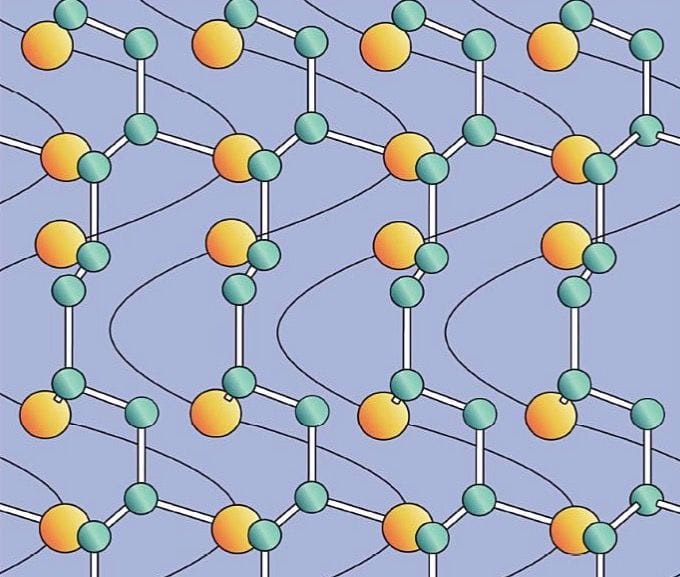![Book of the Week: Introduction to Polymers [Source: Amazon]](https://fabbaloo.com/wp-content/uploads/2020/05/image-asset_img_5eb09200af440.jpg)
This week’s selection is “Introduction to Polymers” by Robert J. Young and Peter A. Lovell.
Polymers are essential to 3D printing, as they are the material used in virtually all common 3D printing processes. The only non-polymer 3D printing processes that come to mind would be metals, bioprinting, concrete printing and other experimental materials like glass. But for the rest of us, polymers are where it’s at.
Polymers are essentially large, complex molecules, composed of monomers. Chemistry binds monomers together to form polymers. They can occur naturally, as is the case with the familiar DNA molecule, but are also synthetically mode by humans, including all thermoplastics.
Polymers for 3D Printing
When we buy 3D print materials we are usually buying a quantity of polymers. We’re familiar with the common types, like ABS, PC, PLA, PEEK, etc., but what exactly are these materials? What kind of molecules are they made from? How are they produced? What kinds of polymers exist? Why do they have certain particular engineering properties?
These questions can be answered in this book, which provides a detailed overview of the science of polymers.
The book begins with explaining the world of polymers from a naming convention standpoint. There are many different attributes to polymers, such as the geometric structure of how the molecules are connected to form polymers. We see, for example, several different forms of skeletal structures for polymers, linear, cyclic, branched and networked.
A large section explains the various methods of creating different types of polymers, which must be done before the materials can be transformed into a state usable on a given 3D printer. I had no idea there were so many different ways to do this.
Polymer Properties for 3D Printing
The second and third sections of the book explain the characterization of polymers and the phase structure of polymers. You’ll learn what the difference between amorphous and crystallize states really means, for example.
The final section of the book delves into the properties of polymers, including structural aspects such as elasticity and fractures, but also other aspects like crazing and electrical properties. They do spend an entire chapter discussing the idea of composite polymers, which are increasingly found in 3D printing.
There’s plenty of chemistry in this book, which might be beyond the casual reader. In fact, this book might be considered a textbook, as it includes problems at the end of each chapter.
However, for those performing 3D printing, it could be quite beneficial. When new 3D printing materials are announced, sometimes they are specified using terms that you might not be familiar with. But you will be if you read this book.
Via Amazon











This week’s selection is “3D Printing Projects” by Dorling Kindersley, a.k.a. “DK”.